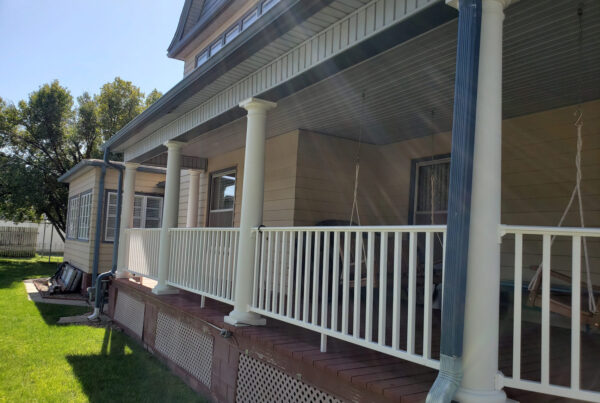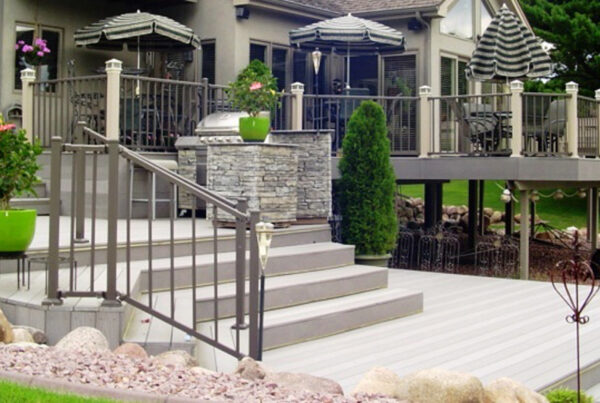Introduction:
When it comes to cleaning mold on lumber, safety and effectiveness should be your top priorities. Mold on wood surfaces is primarily a collection of fungal spores that can pose health risks if not handled correctly. In this guide, we’ll discuss essential steps and best practices for safely and efficiently cleaning mold from lumber, with a focus on personal protective equipment (PPE) and recommended cleaning methods.
**1. Personal Protective Equipment (PPE):**
Before you start tackling mold on lumber, always ensure you have the proper PPE to protect yourself. The following items are essential:
– Rubber gloves
– Eye protection (safety goggles)
– A high-quality pollen or dust mask
**2. Understanding Mold on Lumber:**
Mold on lumber consists of fungal spores present on the wood’s surface. Merely wiping the wood can release these spores into the air, which is why a more cautious approach is recommended.
**3. Preparing for Cleaning:**
To safely and effectively remove mold from lumber, follow these steps:
a. Gently spray or wet down the mold before removal to minimize the release of spores into the air.
**4. Recommended Cleaning Solutions:**
There are various cleaning products available for removing mold from wood, but it’s important to choose the right one. The U.S. Environmental Protection Agency (EPA) suggests using a mild detergent and water as the primary cleaning solution for most mold cleanup projects. Here’s the recommended process:
a. Wet vacuum the affected area to remove excess moisture.
b. Wipe or scrub the mold-infested wood with a mixture of mild detergent and water.
c. Allow the wood to dry thoroughly.
d. After drying, use a high-efficiency particulate air (HEPA) vacuum to remove any remaining spores.
**5. Using Bleach:**
While bleach can effectively clean mold, it should be used with caution, especially indoors. Follow these recommendations:
a. The U.S. Centers for Disease Control (CDC) suggests a solution of 10 parts water to one part bleach for cleaning mold from surfaces.
b. For stubborn mold or discoloration, consider a solution of one part household detergent, 10 parts bleach, and 20 parts warm water.
c. Apply the bleach solution using a bristle brush or sponge to scrub the wood surface.
d. Ensure there is adequate ventilation when using bleach indoors, and always wear proper PPE.
e. Never mix bleach with ammonia or any detergent or cleansers that contain ammonia.
**6. Commercial Cleaning Products:**
If you opt for commercial mold cleaning products, be sure to adhere to the manufacturer’s instructions for safe and effective use.
**7. Additional Resources:**
For more information and resources on cleaning mold from lumber, consider consulting the Western Wood Products Association (WWPA) for expert guidance and recommendations.
Conclusion:
Cleaning mold from lumber is a task that requires attention to safety and best practices. By wearing the appropriate personal protective equipment and following recommended cleaning methods, you can effectively remove mold while minimizing health risks. Whether using mild detergent and water or bleach-based solutions, always prioritize safety and thorough cleaning for the best results.
Cleaning Commercial Recommendations
The WWPA is a great resource for more information









